Pelican International, the largest manufacturer of plastic recreational boats in the world, has been making kayaks, canoes, pedal boats and fishing boats for over 45 years. Today, the company continues that growth, announcing a major investment in its manufacturing facility in Laval, Quebec, that will significantly increase its performance and capacity.
Over the past decade, Pelican has responded to increasing demand for its products by expanding its product lines and refining its manufacturing processes. Pelican was one of the first boat manufacturers in the world to use thermoforming technology, which produces lighter, stronger, more rigid products than those manufactured using other methods.
The company’s most recent investment involves the addition of new equipment that harnesses the latest technological innovations in the field of Twin Sheet Thermoforming. Installation of the new equipment was completed in January 2014, increasing the plant’s annual production capacity by 35,000 units.
Antoine Elie, C.E.O. and co-owner of Pelican International, explained, “The demand for Pelican products has increased dramatically as people have discovered the value that they offer. The acquisition of this machine will allow us to accelerate production, increase capacity and improve efficiency.”
The state-of-the-art control system and electronic regulator also improve energy efficiency and allow more efficient use of raw materials, minimizing the Laval facility’s environmental footprint. The plant also recycles 99.5% of excess material produced in its manufacturing processes and is equipped with specially designed ducts that redirect heated air from the moulding ovens to heat the facility in the winter.
In addition to improving the company’s performance and increasing its production capacity, Pelican’s recent acquisition has also benefitted the region of Laval, Quebec, by generating 20 additional local jobs.





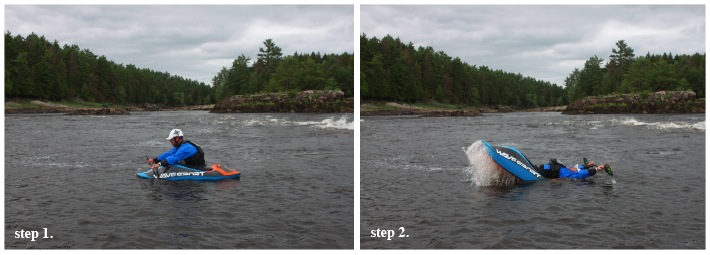
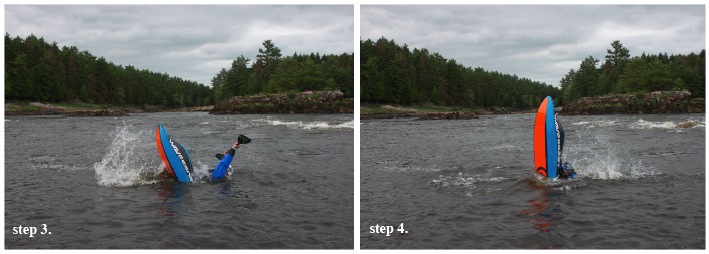

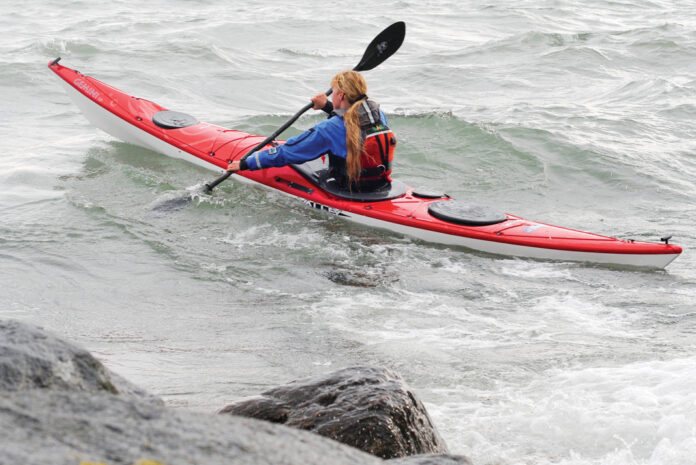
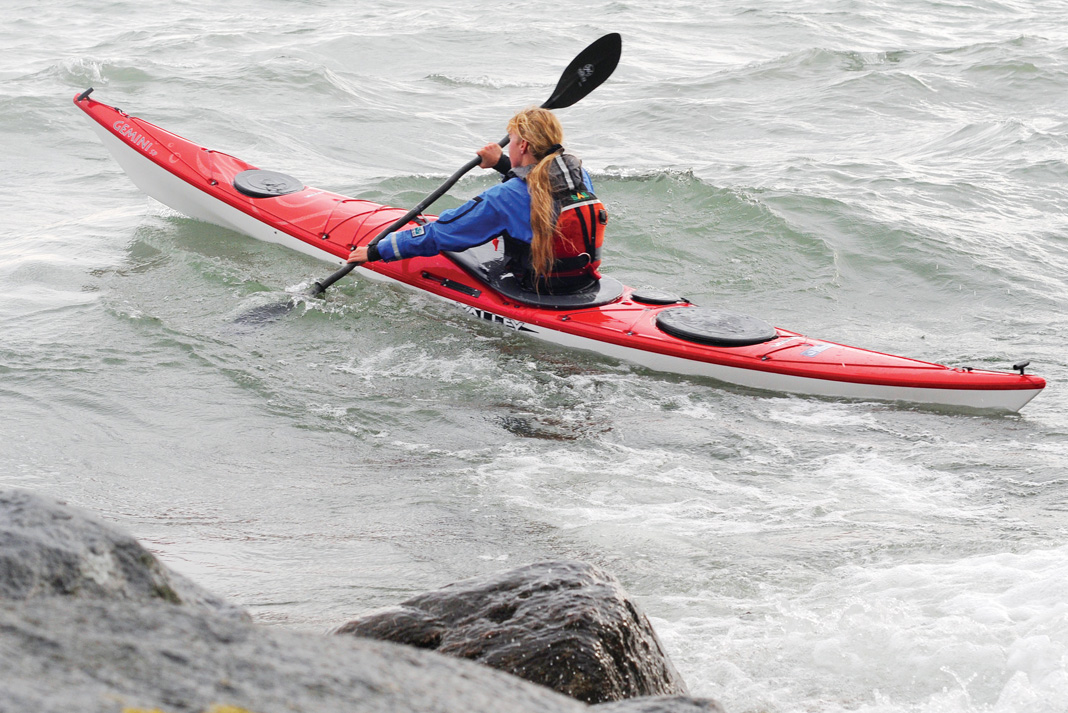
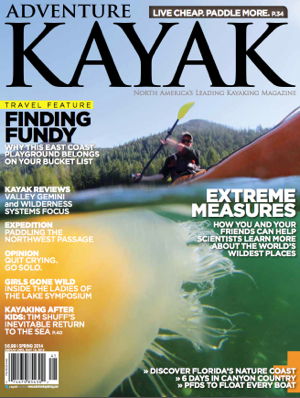 This article first appeared in the Adventure Kayak, Spring 2014 issue.
This article first appeared in the Adventure Kayak, Spring 2014 issue. 
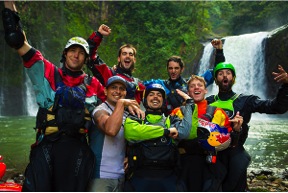


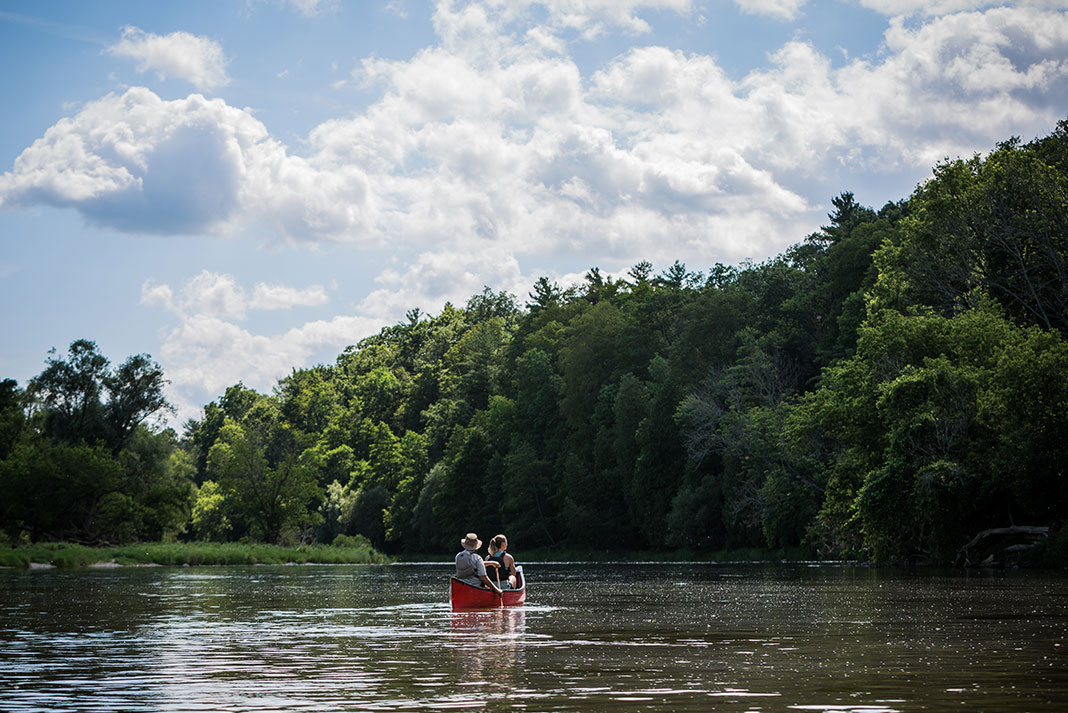



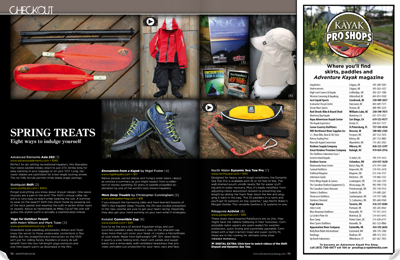 This gear preview appears in Adventure Kayak, Spring 2014. To read about more hot new gear and watch exclusive video reviews, download our free
This gear preview appears in Adventure Kayak, Spring 2014. To read about more hot new gear and watch exclusive video reviews, download our free 

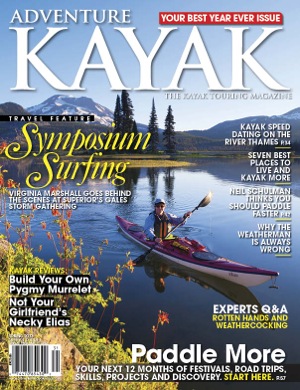 This article originally appeared in Adventure Kayak, Spring 2013. Download our free
This article originally appeared in Adventure Kayak, Spring 2013. Download our free 